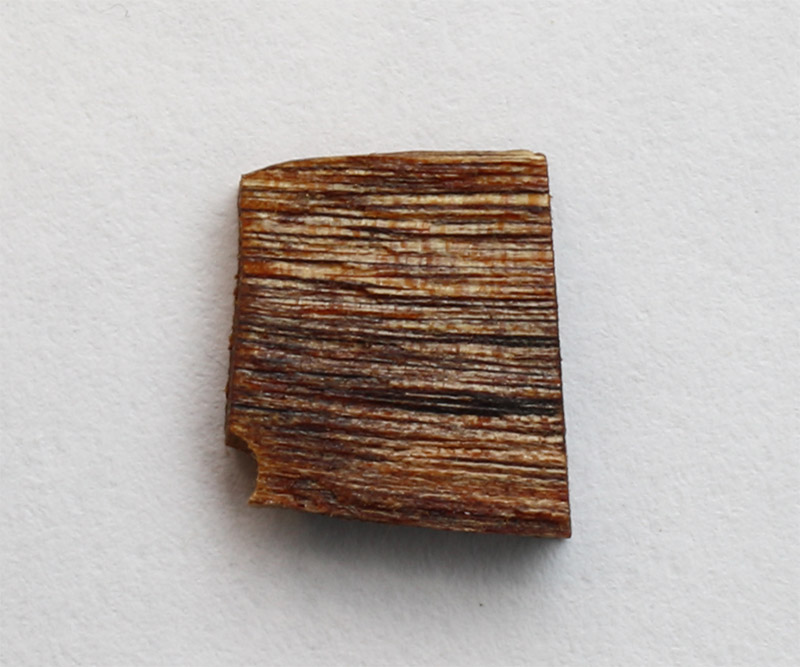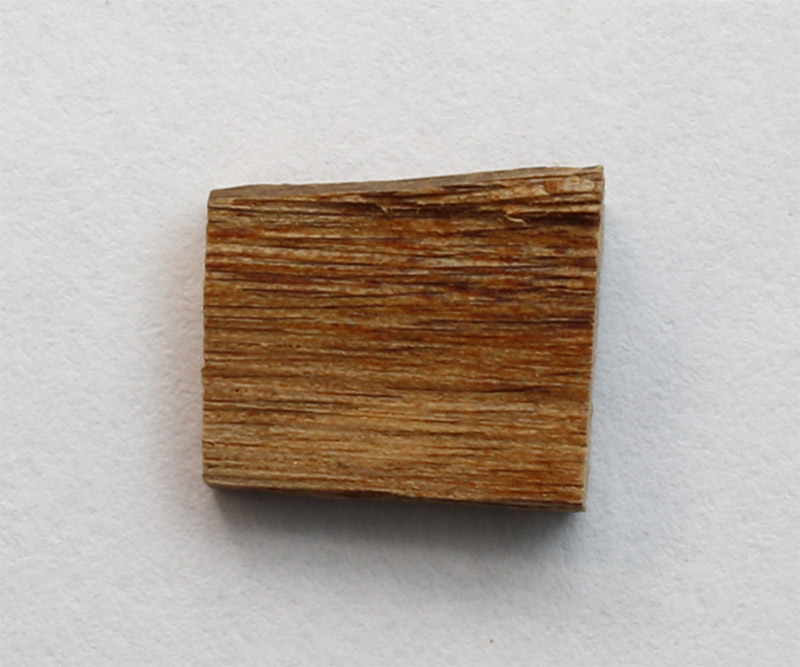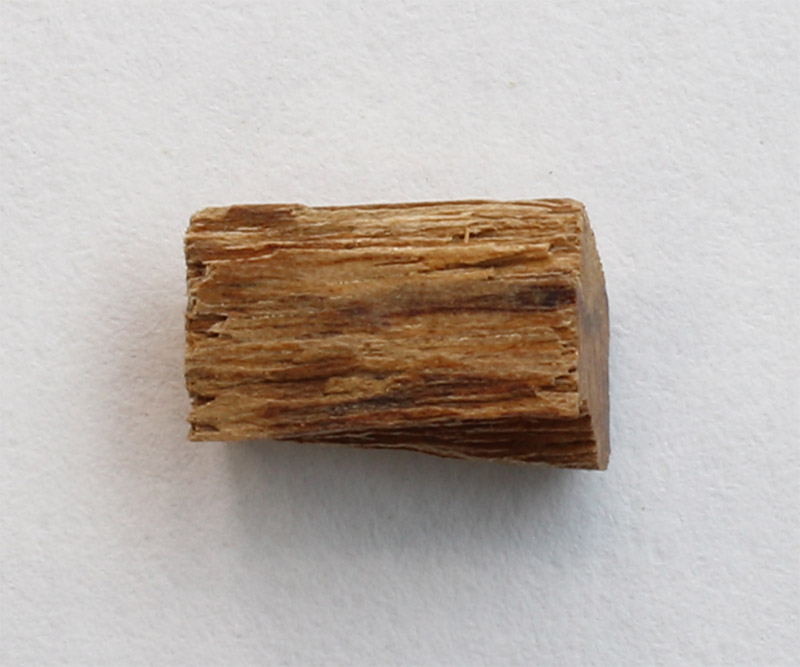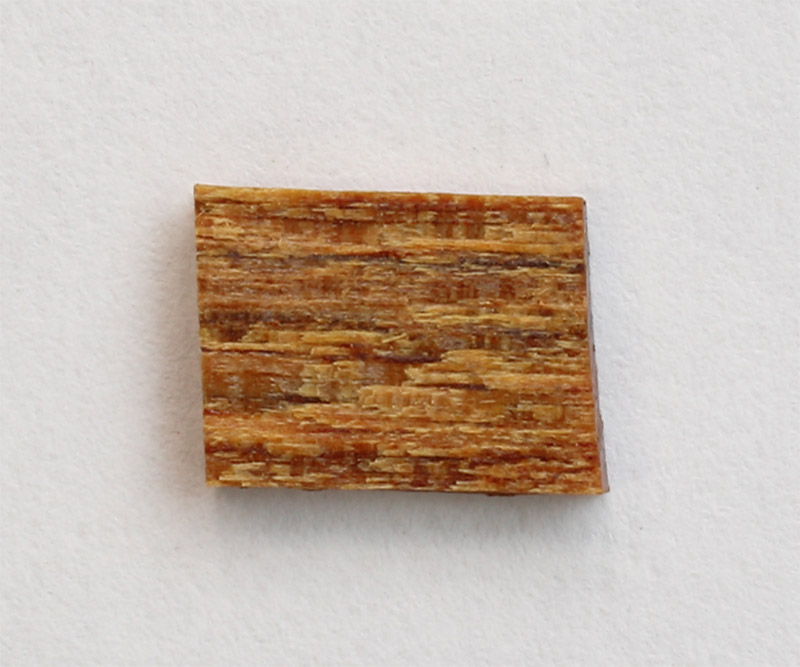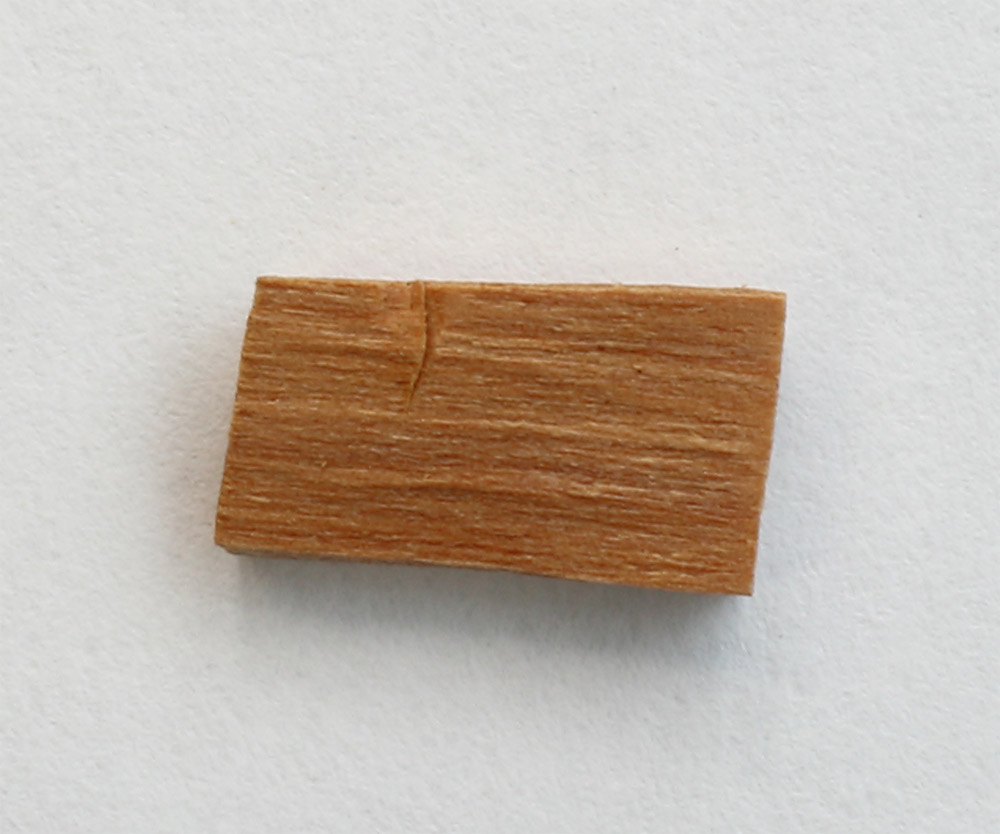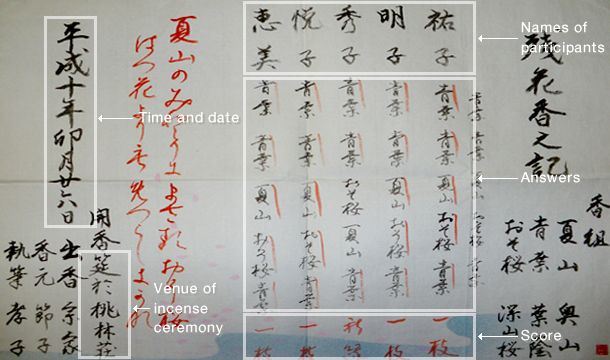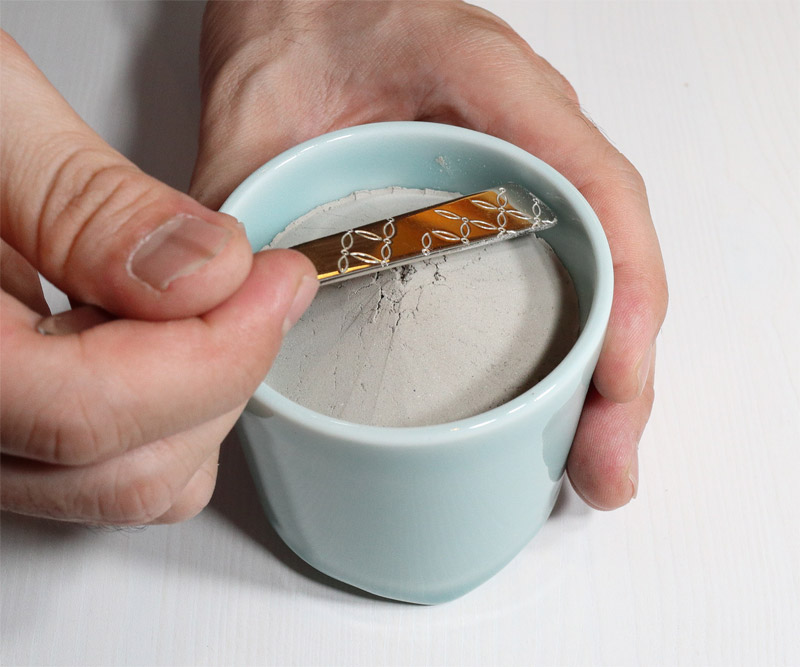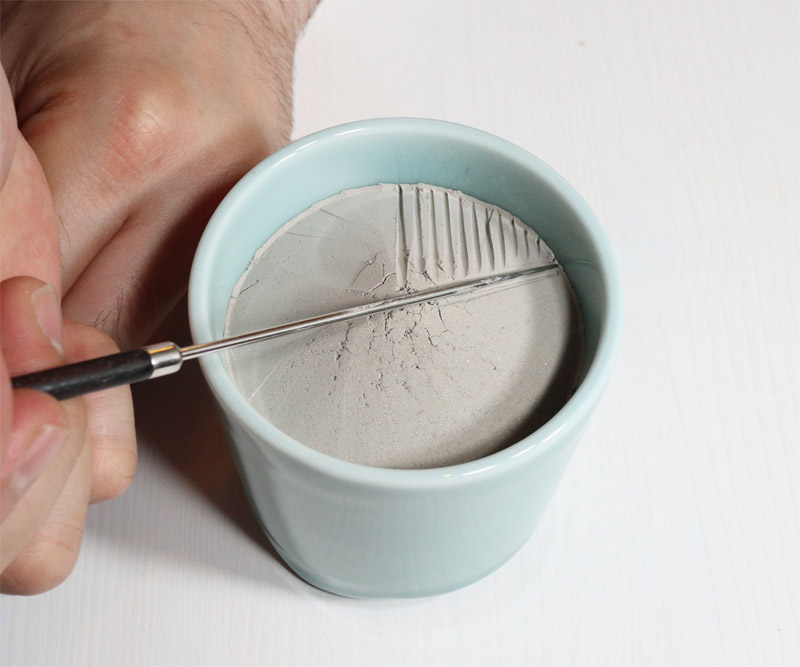Incense Ceremony
In the Sengoku (Warring States) period of Japanese history, Koh-Do (incense ceremony) spread among aristocrats and high-ranking samurai, sharing popularity with the tea ceremony.
In the Azuchi-Momoyama period, known as a period of renaissance in Japan, people in the upper class often held cultural and social events to enjoy performances such as tea ceremony, renga (linked verse) composition and Noh plays. Koh-Do played an important role as one such cultural phenomenon in this period.
As its formalities came to be developed and shaped, Koh-Do started to be acknowledged as one of the "geido", refined arts that are supposed to be performed following certain rules and manners. In this respect, Japanese incense or koh is somewhat different from perfume in western countries. There, people expect nothing more than fragrance from perfume, but this is not the case with koh. No longer an innocent pastime, Koh-Do prevailed beyond the samurai and court class. As intellectual people such as writers, artists, affluent merchants and landowners started to adopt its formalities, incense exerted a great influence on calligraphy, literature and tea ceremony, occupying a precious position as an intangible and spiritual asset of the time.



